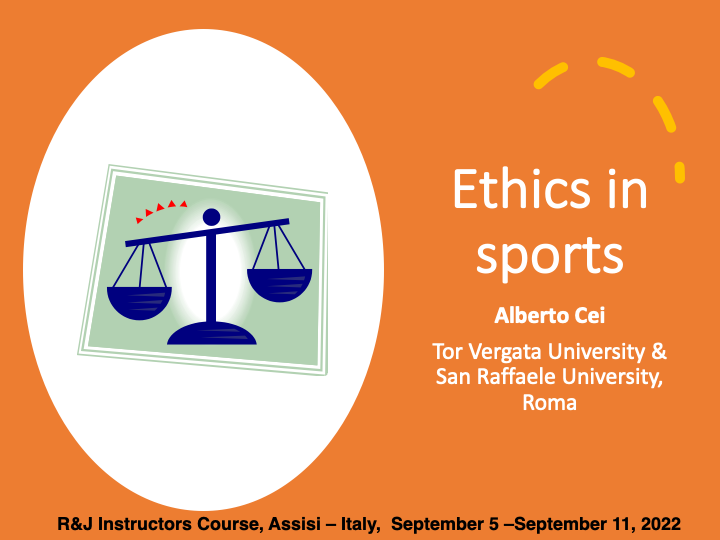Ezzatvar Y, Ramírez-Vélez R, Izquierdo M, et al Physical activity and risk of infection, severity and mortality of COVID-19: a systematic review and non-linear dose–response meta-analysis of data from 1 853 610 adults British Journal of Sports Medicine Published Online First: 22 August 2022.
Our analysis reveals that individuals who engage in regular physical activity have lower likelihood of SARS-CoV-2 infection, COVID-19 hospitalisation, severe COVID-19 illness and COVID-19-related death than physically inactive individuals.
We found the following evidence:
The association between regular physical activity and an 11% lower risk of COVID-19 infection.
Engaging regularly in moderate-to-vigorous physical activity is associated with 31% lower prospective risk of infectious disease and 37% lower risk of infectious disease-related mortality.
Participating in physical activity has been reported to reduce the incidence of community-acquired pneumonia and the risk of acute respiratory infections (eg, upper respiratory tract infection).
Adults who engage in regular physical activity have lower risk of COVID-19 hospitalisation and severe COVID-19 illness than those who are physical inactive.
Physically active people will have less severe symptoms, shorter recovery times and may be less likely to infect others they come into contact with.
High physical activity level was a protective factor for COVID-19 mortality.
Several mechanisms have been suggested for the putative protective effects of physical activity in the immune system:
In healthy humans, physical activity has been linked to reduced systemic inflammation, enhanced natural killer cell cytolytic activity, increased T-cell proliferative capacity, lower circulatory levels of inflammatory cytokines (ie, decreased ‘inflamm-ageing’) and increased neutrophil phagocytic activity, which can all enhance viral control. Thus, regular moderate-intensity exercise may be effective in enhancing anti-inflammatory responses,
The level of cardiorespiratory and muscular fitness of the individuals, as both likely play a pivotal role in explaining the protective effect of physical activity on COVID-19 hospitalisation, severity and mortality.
Furthermore, individuals from lower socioeconomic status and low-income or middle-income countries may face additional difficulties in engaging in regular leisure physical activity compared with those from higher socioeconomic backgrounds (ie, limited resources, living in neighbourhoods with less access to parks or with less walkability, paying the costs of participating in registered sports or membership in sport clubs), which may place an even greater pandemic burden on these marginalised groups. The challenge is to ensure equitable access to physical activity to ensure better health outcomes for all.
Several limitations must be considered when interpreting our results:
Most of the participants included in the 16 studies were mainly exposed to the infectious Beta and Delta variants, before the Omicron variant became prevalent globally.
Most of the studies used self-reported questionnaires to determine physical activity levels, which may lead to misclassification (ie, an underestimation of the magnitude of true association) and used different definitions to determine physical activity levels.
Most of the studies obtained data on physical activity status at a single point and collected only leisure-time activities, and not household and occupation-related physical activities, which may impact the magnitude of true associations.








